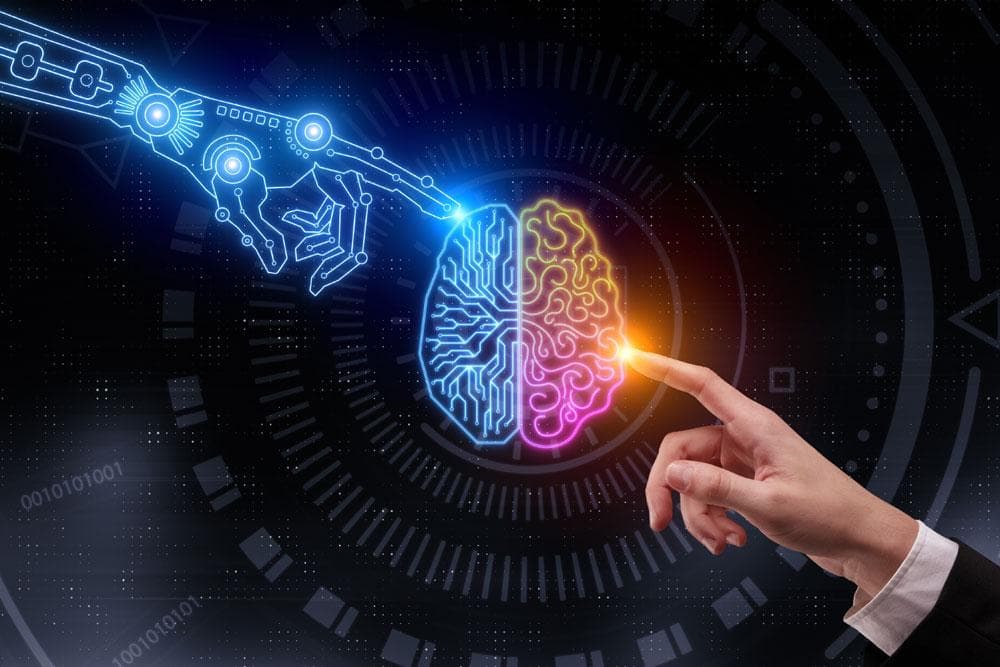Introduction
The field of robotics has come a long way since its inception. From basic mechanical devices to sophisticated machines with artificial intelligence (AI), the evolution of robotics has been remarkable. This article explores the key points and trends in the evolution and future of robotics, shedding light on the exciting developments that lie ahead. Over the past century, robotics has evolved from rudimentary automatons to highly advanced machines that can perform complex tasks with precision and adaptability.
Historical Overview
To understand the evolution of robotics, we must first look back at its history. The origins of robotics can be traced to ancient civilizations, where simple automated devices were used for various tasks. However, it was in the 20th century that significant advancements began. The development of industrial robots in the mid-20th century revolutionized manufacturing processes. These early robots were large, heavy, and performed repetitive tasks with precision. This era laid the foundation for the robotic revolution we are witnessing today.
Rise of Artificial Intelligence
The integration of AI into robotics marked a major turning point. AI-powered robots gained the ability to perceive their environment, make decisions, and adapt to changing conditions. Machine learning and deep learning algorithms enabled robots to improve their performance over time through experience. This synergy between AI and robotics has led to the development of robots that can recognize faces, understand natural language, and even exhibit emotional responses.
Current State of Robotics
Today, robots are used in a wide range of industries, from healthcare and agriculture to space exploration and entertainment. They can perform complex surgeries, assist in disaster recovery, and even interact with humans in social settings. The development of humanoid robots, like Boston Dynamics’ Spot and Sophia the Robot, has brought robots closer to resembling humans both in appearance and behavior. These robots are not only efficient in their tasks but also capable of creating a sense of familiarity and trust among humans.
Key Trends Shaping the Future
Collaborative Robots (Cobots): One of the prominent trends is the rise of collaborative robots. Cobots are designed to work alongside humans safely. They are equipped with sensors and advanced algorithms that allow them to sense and respond to human presence, making them valuable in manufacturing, healthcare, and other industries. This trend signifies a shift towards more cooperative work environments where humans and robots complement each other’s capabilities.
Autonomous Vehicles: The development of self-driving cars and drones is another exciting trend. These autonomous vehicles use robotics and AI to navigate and make real-time decisions. They have the potential to revolutionize transportation and logistics. The advancement of autonomous vehicles not only promises greater convenience but also raises questions about urban planning and infrastructure adaptation.
Human-Robot Interaction: As robots become more integrated into our daily lives, human-robot interaction is crucial. Natural language processing and gesture recognition are enabling robots to understand and respond to human commands more effectively. This development opens up new possibilities for robots in customer service, healthcare, and education. Establishing seamless communication between humans and robots is at the heart of this trend.
Exoskeletons: Exoskeletons are wearable robotic devices that enhance human strength and mobility. They have applications in healthcare, military, and industries where physical endurance is essential. These devices not only augment human capabilities but also have the potential to assist individuals with disabilities, promising a future with greater inclusivity.
Robotics in Space: Robotics plays a vital role in space exploration. Robots like the Mars rovers and the International Space Station’s Canadarm are helping to expand our understanding of the cosmos. The trend toward more autonomous and capable space robots is set to accelerate as we venture further into the universe, seeking answers to fundamental questions about our existence.

Challenges and Ethical Considerations
With the rapid advancement of robotics, there are challenges and ethical considerations to address. These include job displacement due to automation, concerns about privacy and security, and the potential misuse of AI-powered robots. Striking a balance between innovation and responsible use is paramount. The future of robotics hinges on our ability to navigate these challenges while harnessing the immense potential they offer for improving our lives.
Conclusion
The evolution of robotics has been a journey from basic mechanical devices to intelligent machines that can interact with the world and humans in meaningful ways. The future of robotics holds even more promise, with trends like collaborative robots, autonomous vehicles, and improved human-robot interaction shaping the landscape. However, addressing challenges and ethical considerations is essential to ensure that robotics continues to benefit society while minimizing potential risks. As technology continues to advance, we can look forward to a world where robots become valuable partners in various aspects of our lives, pushing the boundaries of what is possible.
